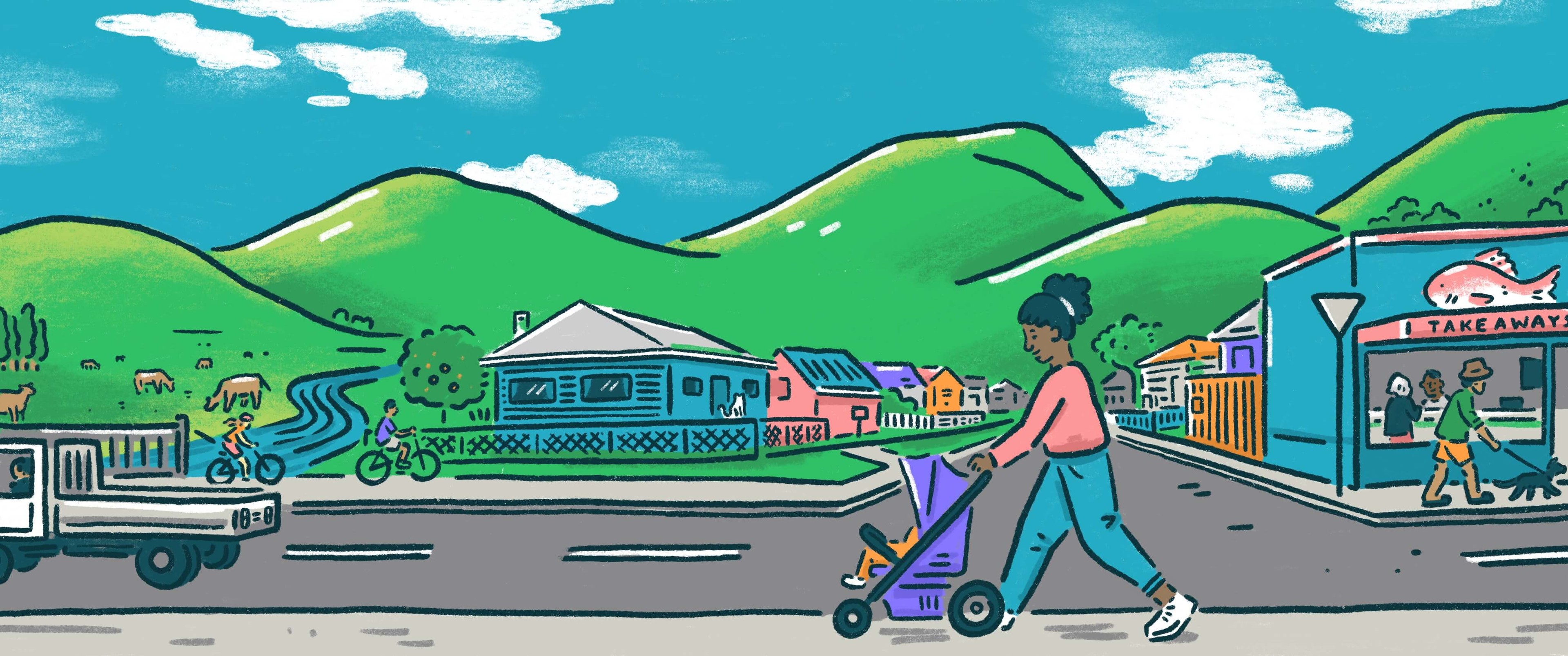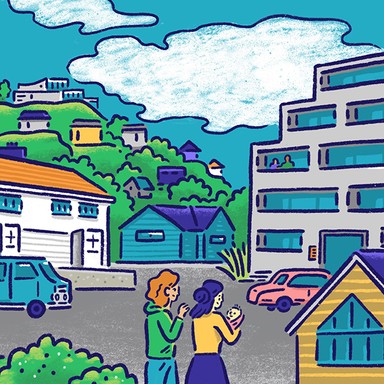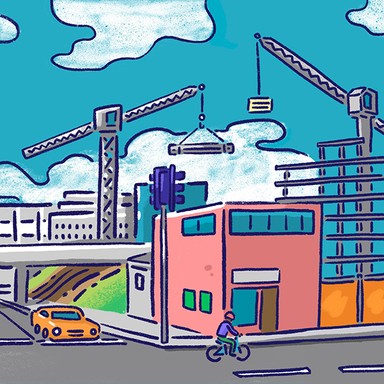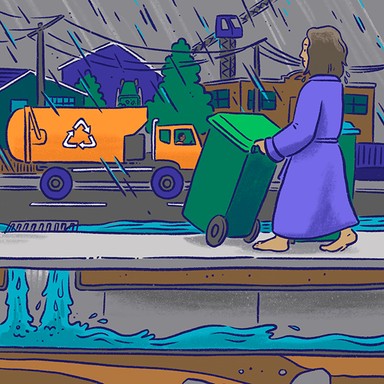
Hurunui District Council

Housing and planning
Local councils are responsible for land use planning under the Resource Management Act, which affects where and how new houses are constructed, as well as the design of cities and towns. In some areas, councils also provide housing to those who need it most.

Housing and planning
Local councils are responsible for land use planning under the Resource Management Act, which affects where and how new houses are constructed, as well as the design of cities and towns. In some areas, councils also provide housing to those who need it most.
Promote the use of natural products to be used in building.
Challenge businesses, builders and landlords to create as much mobility accessibility as possible. Access-friendly district.
Preserve quality land suitable for food production from housing developments.
Ensure developers' contributions for large scale subdivisions are in line with actual costs of delivering the required quality infrastructure.
Limit the ability to subdivide and land bank areas without a notified plan and time frame.
Review urban planning policies (eg townhouse developments presently excluded).
Review Amberley urban design and SH1 streetscape to address resident issues and improve amenity appeal, lifestyle and convenience.
Resist subdivisions that do not follow district plan and add value to the whole community.
Resist council becoming involved/growing involvement in community housing. It is central government's/trusts/charities role not local bodies.
Leave land for production unless essential for growth. Review developers' contributions.
Develop the spatial plan around Amberley, to encompass appropriate future growth, town concept, function, character and destination appeal.
Ensure that building and consent regulation timeframes and costs are kept to an absolute minimum.
Ensure our District Plan caters for a spectrum of housing, including affordable housing, through residential section size and location.
Prioritise spatial planning to ensure growth is appropriate, sustainable and supported by adequate infrastructure.
Support the review of the Development Contributions Policy to ensure development is affordable and beneficial to our community.
Continue to support provision, maintenance and availability of social housing within the district.
Promote the use of natural products to be used in building.
Challenge businesses, builders and landlords to create as much mobility accessibility as possible. Access-friendly district.
Preserve quality land suitable for food production from housing developments.
Ensure developers' contributions for large scale subdivisions are in line with actual costs of delivering the required quality infrastructure.
Limit the ability to subdivide and land bank areas without a notified plan and time frame.
Review urban planning policies (eg townhouse developments presently excluded).
Review Amberley urban design and SH1 streetscape to address resident issues and improve amenity appeal, lifestyle and convenience.
Resist subdivisions that do not follow district plan and add value to the whole community.
Resist council becoming involved/growing involvement in community housing. It is central government's/trusts/charities role not local bodies.
Leave land for production unless essential for growth. Review developers' contributions.
Develop the spatial plan around Amberley, to encompass appropriate future growth, town concept, function, character and destination appeal.
Ensure that building and consent regulation timeframes and costs are kept to an absolute minimum.
Ensure our District Plan caters for a spectrum of housing, including affordable housing, through residential section size and location.
Prioritise spatial planning to ensure growth is appropriate, sustainable and supported by adequate infrastructure.
Support the review of the Development Contributions Policy to ensure development is affordable and beneficial to our community.
Continue to support provision, maintenance and availability of social housing within the district.
Mayor
Compare the mayoral candidates in your area
Local council
Compare the candidates for your city or district council
Regional council
Compare the candidates for your regional council
Local board
Compare the candidates for your local or community board







